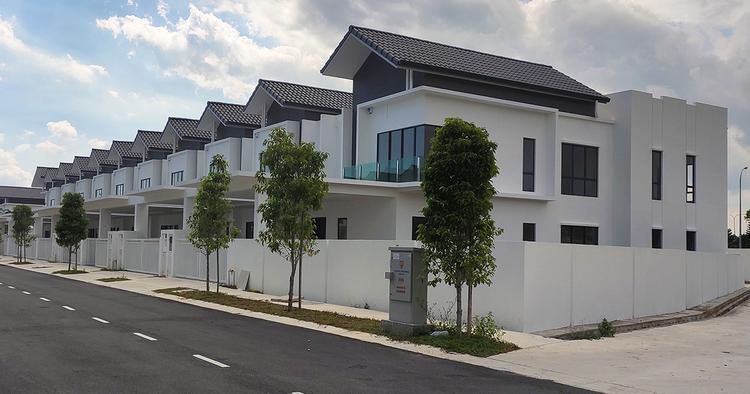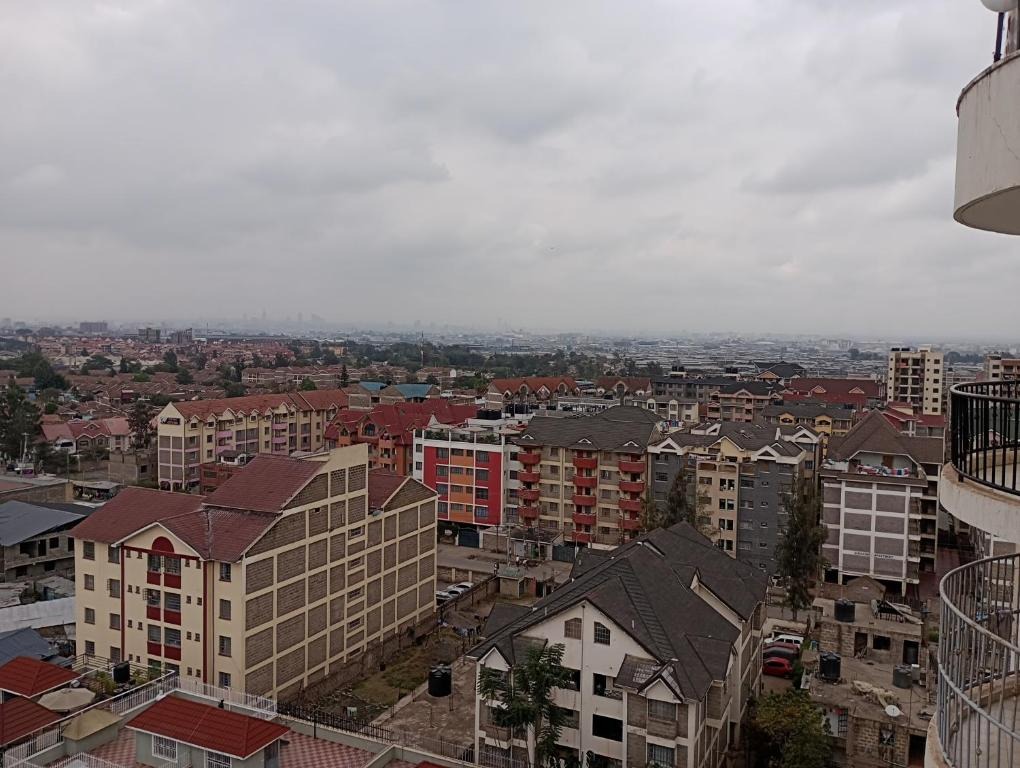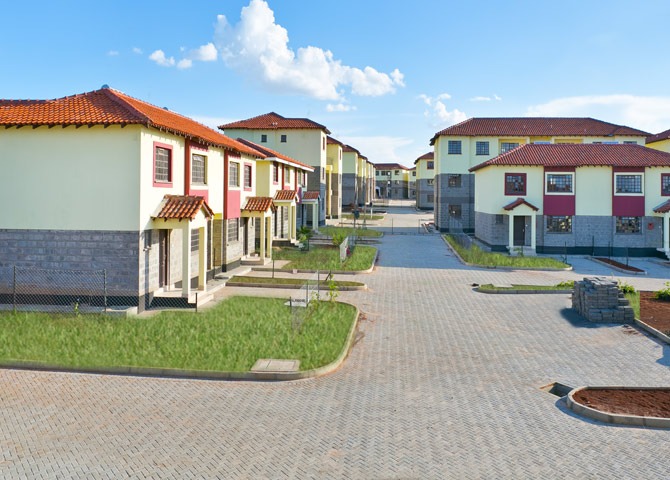
The global housing crisis has prompted innovative solutions to provide affordable housing for millions of people. As cities expand and populations grow, the challenge of creating accessible, sustainable, and affordable housing becomes increasingly complex. This article explores successful affordable housing initiatives from around the world, drawing lessons from diverse models that have made significant impacts.
Public-Private Partnerships: A Collaborative Approach

Public-private partnerships (PPPs) are a powerful tool in addressing housing affordability. These collaborations leverage the strengths of both sectors to deliver housing solutions at scale. In Singapore, the Housing Development Board (HDB) exemplifies this approach. By partnering with private developers, HDB has managed to build a vast number of public housing units that are affordable and well-maintained. These partnerships ensure that public housing is not only affordable but also integrated into the city’s infrastructure, providing residents with access to essential services and amenities.
Community Land Trusts: Preserving Affordability

Community land trusts (CLTs) offer a sustainable model for maintaining long-term housing affordability. CLTs are non-profit organizations that acquire and hold land in trust for the community, ensuring that it remains affordable for future generations. In the United States, the Dudley Street Neighborhood Initiative in Boston stands out. By preventing land speculation and displacement, this CLT has successfully maintained affordable housing options for low and moderate-income families. The key lesson here is the importance of community control over land to ensure lasting affordability and stability.
Innovative Financing Models: Expanding Access
Innovative financing mechanisms can significantly expand access to affordable housing. Microfinance is one such model that has been particularly effective in developing countries. In Bangladesh, BRAC, one of the world’s largest NGOs, has pioneered microfinance for housing. By providing small loans to low-income families, BRAC enables them to build or improve their homes incrementally. This approach not only makes housing more affordable but also empowers families to invest in their properties over time, enhancing their living conditions.
Inclusionary Zoning: Integrating Communities
Inclusionary zoning policies require developers to include a percentage of affordable housing units in new residential developments. This approach promotes socio-economic diversity and ensures that affordable housing is integrated into all neighborhoods. One of the best examples of this policy is found in New York City. Through its Mandatory Inclusionary Housing (MIH) program, the city has created thousands of affordable units in desirable areas, fostering more inclusive communities. The success of inclusionary zoning demonstrates the importance of regulatory frameworks that balance market dynamics with social equity.
Government Subsidies and Support: Catalyzing Development
Direct government intervention through subsidies and support programs is crucial in many contexts. In Brazil, the “Minha Casa Minha Vida” (My House My Life) program has been instrumental in providing affordable housing to millions of Brazilians. This government initiative offers financial incentives to private developers to build affordable housing, while also providing subsidies to low-income families to purchase homes. The program’s success underscores the vital role of government in catalyzing affordable housing development and ensuring that housing markets serve all segments of society.
Technological Innovations: Building Efficiently
Technological advancements are also playing a pivotal role in affordable housing. Prefabrication and modular construction techniques reduce building costs and time, making housing projects more economically viable. In Kenya, the company Koto Housing has introduced prefabricated homes that can be assembled quickly and affordably. These homes are not only cost-effective but also environmentally friendly, using sustainable materials and construction methods. The lesson from Koto Housing is clear: embracing innovation and new technologies can significantly lower the barriers to affordable housing.
Conclusion: A Multifaceted Approach

Addressing the global affordable housing crisis requires a multifaceted approach that combines policy, community engagement, financial innovation, and technological advancement. The successful models highlighted in this article offer valuable lessons for policymakers, developers, and communities worldwide. Public-private partnerships, community land trusts, innovative financing, inclusionary zoning, government support, and technological innovations all have critical roles to play.
By learning from these successful initiatives, stakeholders can develop strategies tailored to their specific contexts, ensuring that affordable housing becomes a reality for all. The challenge is immense, but with collaborative and innovative efforts, it is possible to create inclusive, sustainable, and affordable housing solutions that meet the needs of diverse populations across the globe.







